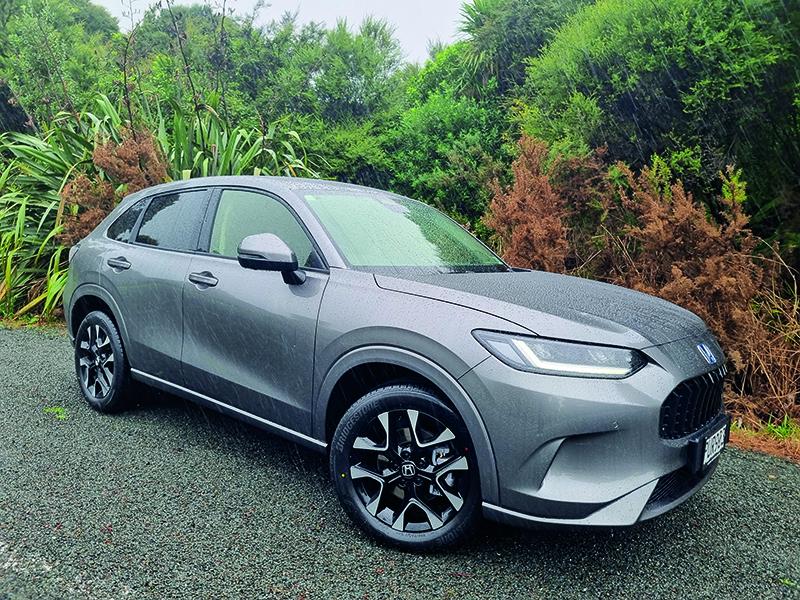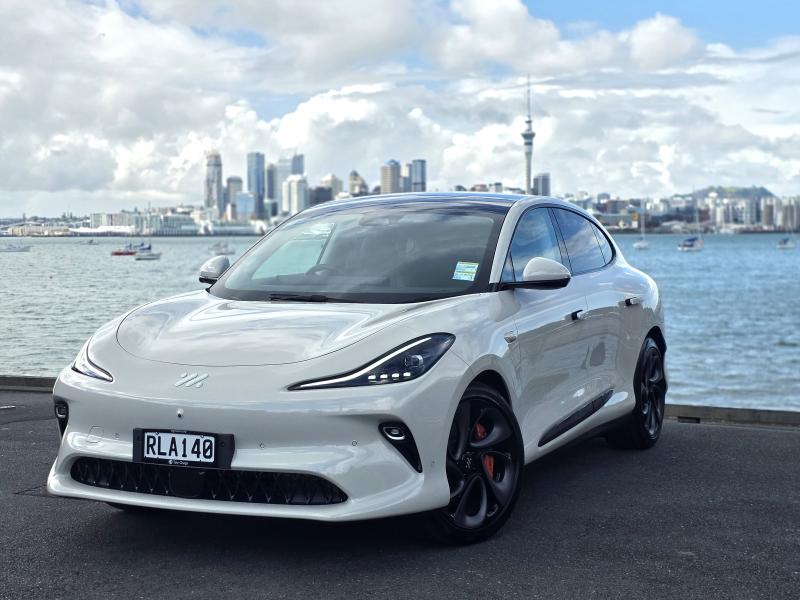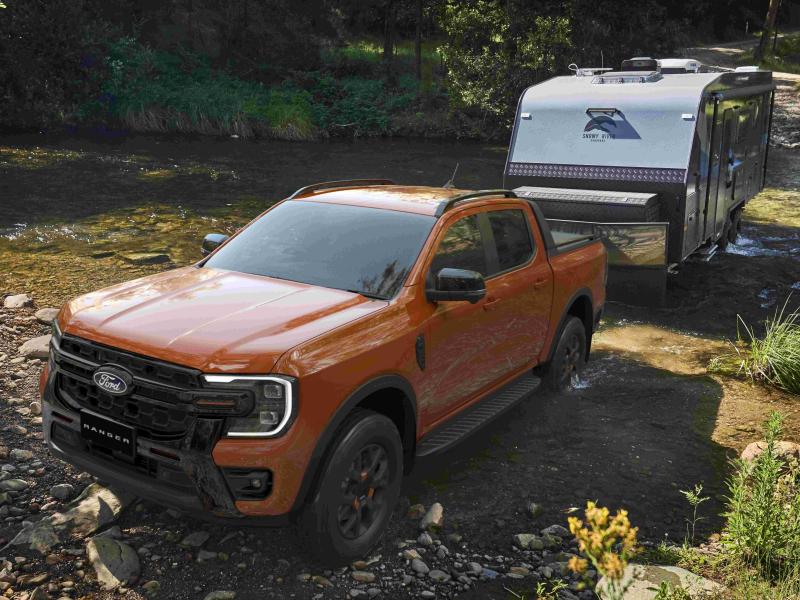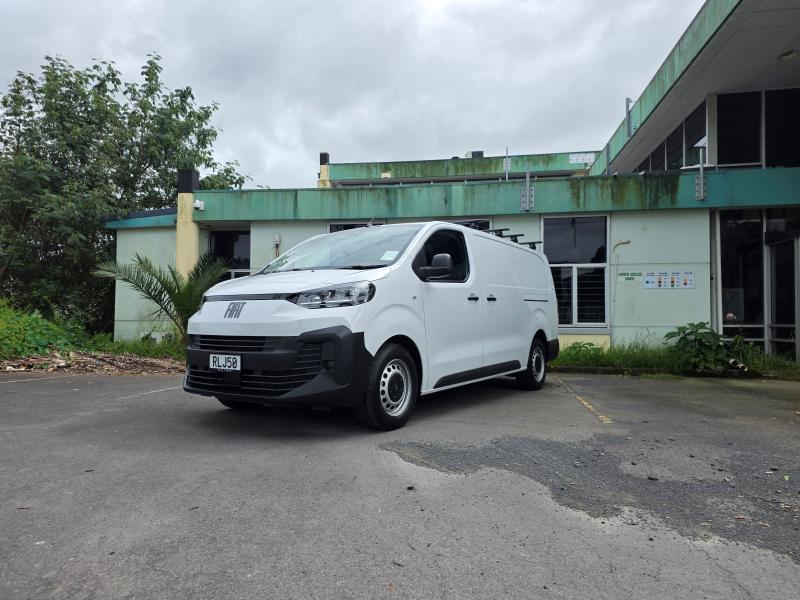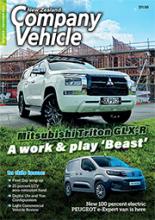Following the relaunch of the popular Jazz, Honda has introduced an all-new SUV to sit neatly between the HR-V and the CR-V, but there is quite a bit more to the story than that.
The all-new ZR-V carries Honda’s DNA and traditional values but is also the vehicle – pardon the expression – for new technology and a new chapter in Honda New Zealand’s styling book.
Blending Japanese reliability with European-inspired design, the ZR-V is significantly different in its appearance to divorce itself from its R-V siblings, though trainspotters might pick some familiar design cues.
This begs the question, is the ZR-V necessary from Honda’s perspective? Well, it does give Honda a bit of breathing space between the expected next generation CR-V (due late this year) and next generation HR-V (due late 2024) and it allows customers to come to grips with new Honda tech in SUVs.
We refer here to Honda’s e-HEV engine, an electronic continuously variable transmission and Honda Connect.
One at a time: the e:HEV hybrid system uses a petrol engine to power the generator motor which converts the petrol engine’s energy into electricity to power the traction motor which in turn drives the wheels.
The electronic continuously variable transmission – An electronic CVT uses electric motors to control planetary gearset component speeds, resulting in a ‘gear shift’ which is smoother than can be found in either CVTs or conventional automatics.
Honda Connect is Honda’s proprietary telematics phone app integrating safety, security, convenience and remote interaction between the driver/owner and the vehicle.
The ZR-V Turbo is the more conventional – if any Honda these days can be called ‘conventional’ – of the ZR-V twins and runs the familiar (big breath) VTEC, turbocharged, chain driven, four-cylinder, 1.5 litre engine delivering 131kW of power and 240Nm of torque via seven-speed stepped CVT with steering wheel paddles. Fuel and economy figures are 8 litres per 100km for 182gm/km of CO2 on WLTP standard cycle.
The ZR-V Sport on the other hand, has an e:HEV, two motor hybrid set up linked to an Atkinson cycle, chain driven, four-cylinder two-litre, engine, putting out 104kW and 182Nm, but adding to that 135kW and 315Nm of electric motor torque, and delivering it through an eCVT continuously variable fixed gear transmission. Fuel and economy figures are five litres per 100km and 126gm/km of CO2 on WLTP standard cycle.
So, why bother looking at the Turbo when the Sport is so much more sophisticated, better for the environment, more efficient and fruited up with oh, the 360-degree multi view camera, auto reverse tilting mirrors, power adjusted front seats with driver’s seat memory function, rear heated seats, heated leather steering wheel, wireless phone charging, built in navigation, 12 speaker Bose sound system and full leather seats as opposed to the Turbo’s partial leather?
Good question.
The Turbo is obviously more affordable than the Sport and – technology notwithstanding – seems at first blush, to be a more engaging drive. The CVT is quite unlike any CVT driven to date, inasmuch as it doesn’t have the engine screaming its head off while it tries to match gearing with RPMs.
It also delivers a sense of dare we say, ‘thrust’ as it does its self-shifting thing. It’s not an unpleasant sensation at all, and purist drivers will find it an endearing quality.
The chassis dynamics add to the driving appeal, and the ZR-V’s ‘body-on Civic chassis’ really comes into its own with the Turbo model.
The Sport on the other hand, delivers a more refined drive and sets a different ‘tone’ for the occupants. While it is as capable – if not more so in certain aspects – than the Turbo, it is perhaps closer to what we have come to expect of the refined CR-V as opposed to the previous sportier HR-V.
A good demonstration of this is in the gear shifters themselves. The Turbo uses a conventional joystick type shifter to move between park, neutral, drive and reverse, while the Sport does it all through buttons – Reverse being a particularly noteworthy button, since its design makes it all but impossible to get into going backwards by accident.
Both models have the full suite of Honda Safety Sensing technology – the list is extensive – as well as active safety measures, and share the same MacPherson strut front, independent multi-link rear suspension, along with Honda’s agile handling assist, an unusual addition in the form of hill descent control, as well as vehicle stability assist, traction control and stabiliser bars.
At time of writing, the ZR-V Turbo was Clean Car Neutral and carried a $47,000 + ORC price point. The ZR-V Sport at $55,000 + ORC is Clean Car Rebate eligible, but only up until July 1.


